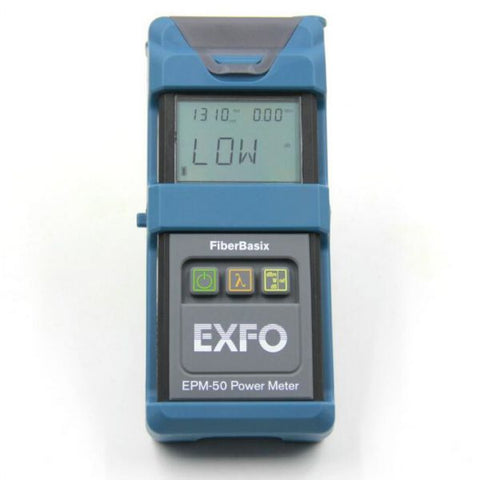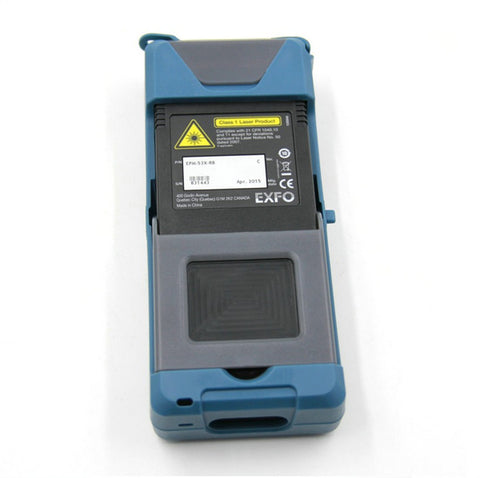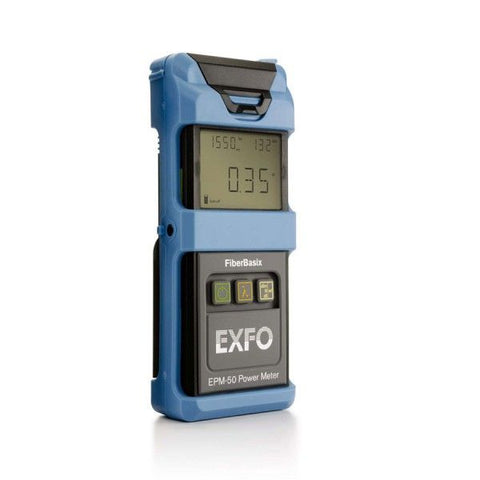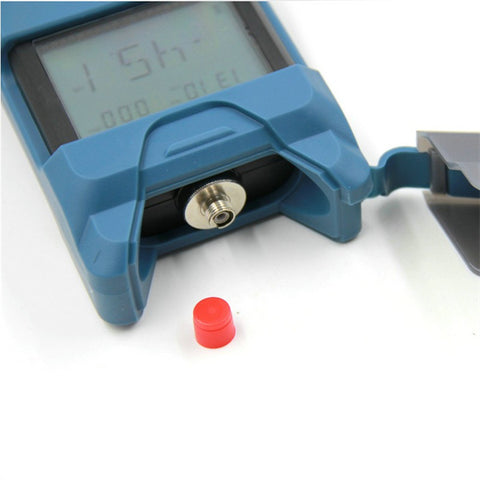When you install and terminate fiber optic cables, you must always must Every fiber optic cable device should be tested for three main main, A fiber optic power meter is part of the toolbox must-haves toolbox There are general-purpose power meters, semi-automatic power meters, and power meters optimized for certain types of networks, such as FTTx or LAN/WAN architectures. It all depends on choosing the right gear for your needs.
Here's a and how and Optical power meters are commonly used to measure absolute optical power optical Proper calibration is essential for dBm measurements of optical transmission power. Fiber optic power meters are also used with light sources to measure loss or relative power levels in dB. In order to calculate the power loss, the optical power meter is first connected directly to the optical transmission equipment through the fiber pigtail, and the signal power is measured. Measurements are then taken at the far end of the cable.

Fiber optic power meters measure the average power of a continuous beam of light in a fiber optic network and measure the signal power of a laser or light-emitting diode (LED) light source. Optical dispersion occurs at many points in the network due to due; power meters analyze high-power beams on long-distance single-mode fibers and low-power multi-beams on short-distance multimode fibers.

Important specifications for fiber optic power meters include wavelength range, optical power range, power resolution, and power accuracy. Some devices are rack-mounted or hand-held. Others are designed for use on a bench or table top. A power meter to interface with a computer is also available.

A fiber optic power meter is a special type of photometer that measures the amount of light emitted from the end of a fiber optic cable. A power meter needs to be able to measure light at the proper wavelength and within the proper power range. Most power meters used in data communication networks are designed to designed Power levels are moderate, ranging from –15 to –35dBm for multimode links and 0 to –40dBm for singlemode links. Power meters can generally be adapted to SC, ST, FC, SMA, LC,Typically, multimode fibers are tested with LEDs at 850nm and 1300nm, and singlemode fibers are tested with lasers at 1310nm and 1550nm. The test source is usually an LED for multimode fiber, unless the fiber is used for Gigabit Ethernet or other high-speed networks that use laser sources. LEDs can be used to test single-mode fibers with lengths less than 5000 meters, while lasers are used for long single-mode fibers.

Most fiber optic power meters are calibrated in linear units such units They can also provide decibel measurements referenced to a milliwatt or microwatt of optical power. Typically, fiber optic power meters include removable adapters for connection to connection By measuring average time rather than peak power, the power meter remains sensitive to the duty cycle of the digital pulse input stream.
Use a fiber optic power meter and other useful fiber optic kits to keep your fiber optic system running smoothly.


